Materials available in our FDM printing service
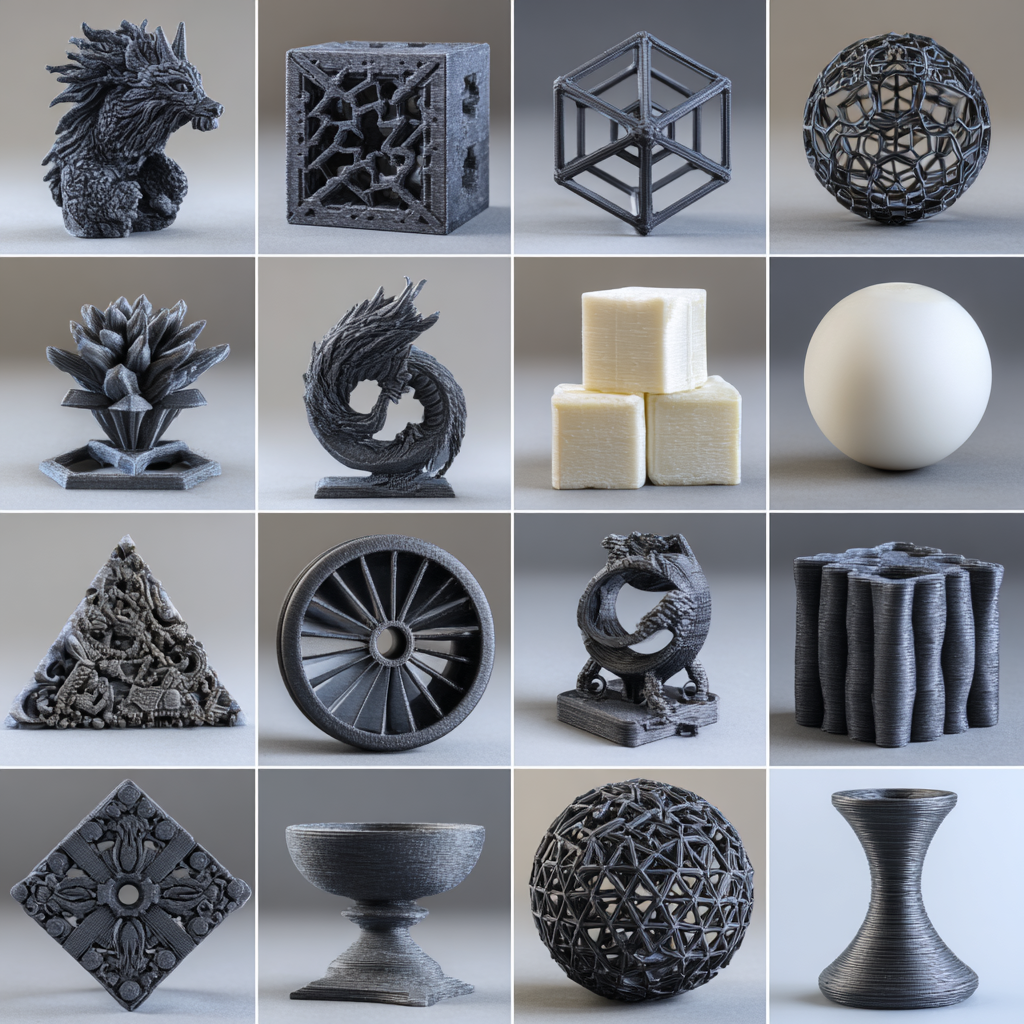
Cosmetic Purposes
Best for prototyping, hobby use, decorative models.
PLA - Easy-to-print, biodegradable plastic ideal for general-purpose 3D printing.
PLA Matte - PLA with a flat, non-glossy finish for a smooth, professional look.
PLA Silk - Shiny, metallic-looking PLA for vibrant, decorative prints.
PETG - Durable, impact-resistant plastic with good flexibility and chemical resistance.
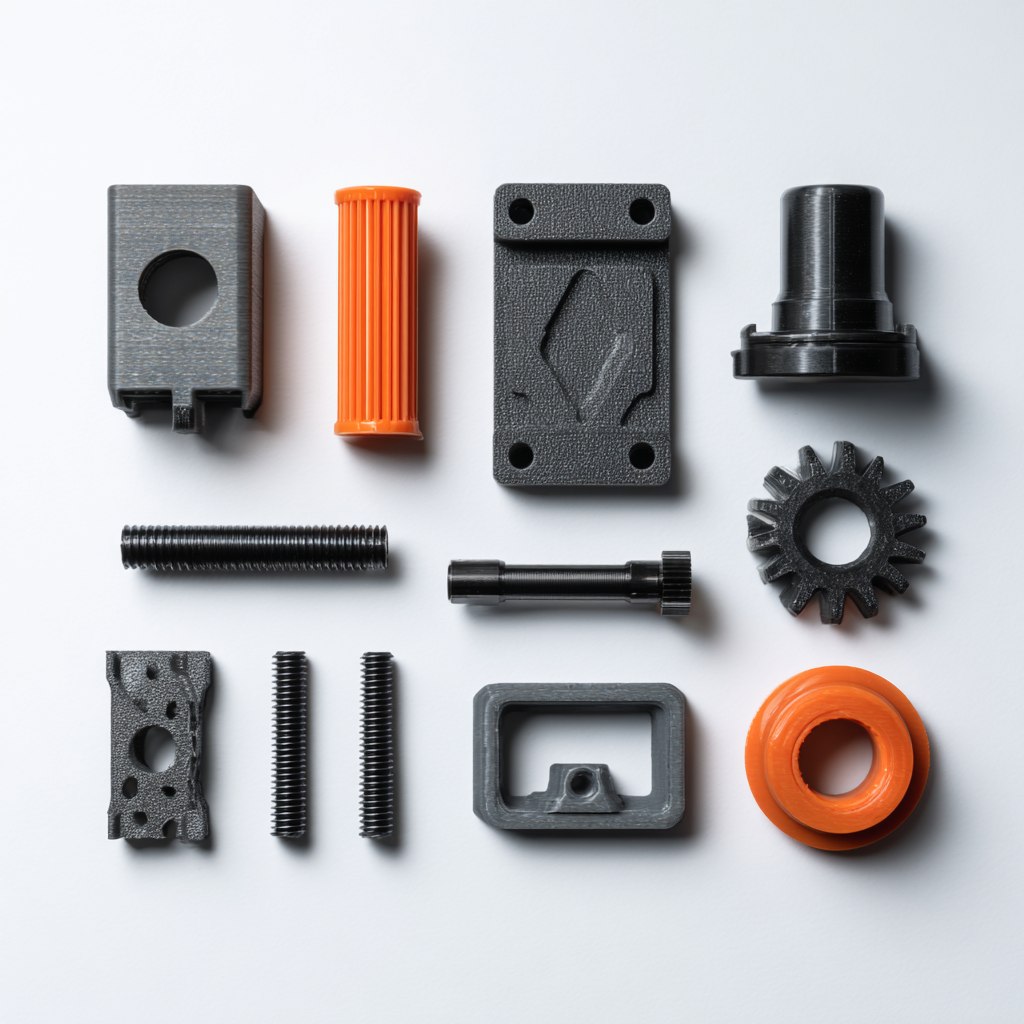
Prototyping and end-use parts
Ideal for mechanical parts, tools that requires resistance and strength
ABS – Stronger, heat-resistant, machinable
ASA – UV-stable, weather-resistant
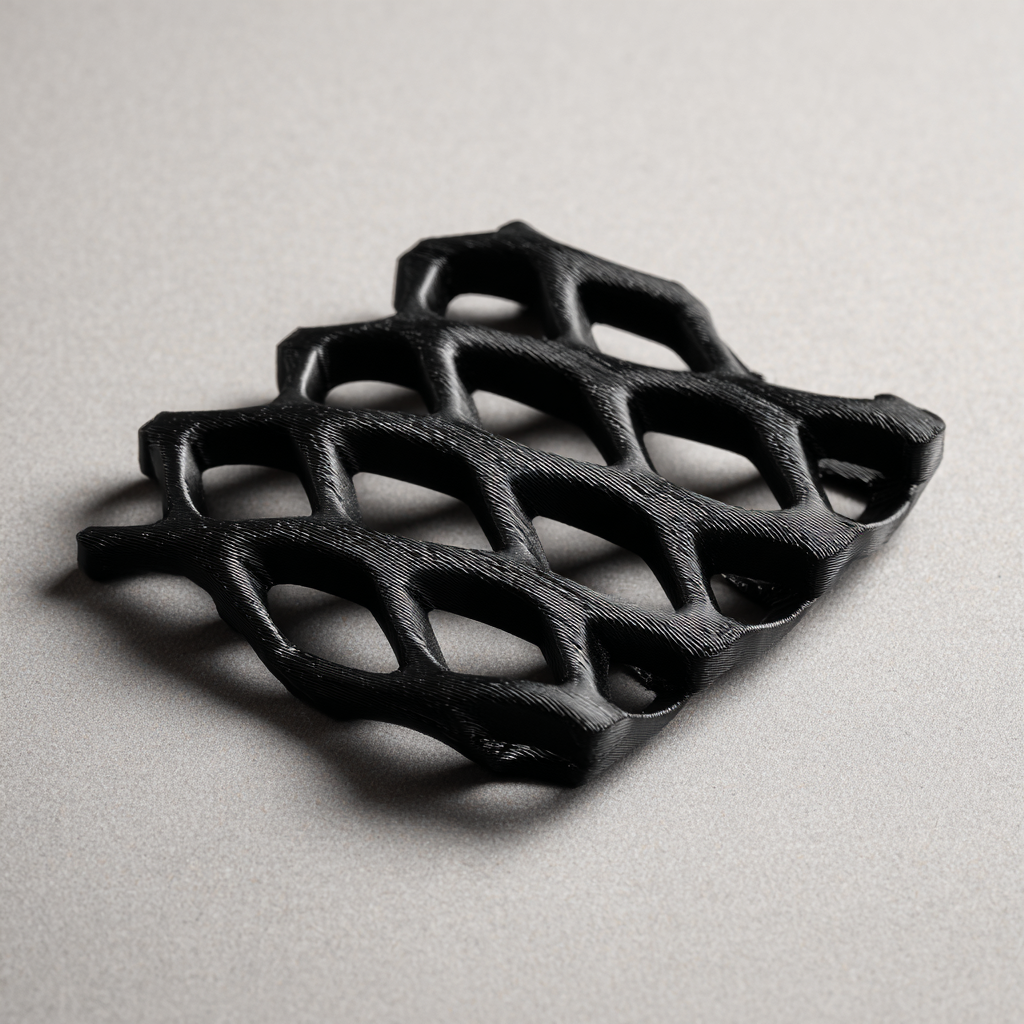
Engineering-grade
Known for their exceptional strength, heat resistance, and industrial-grade durability
PA6-CF (Nylon Carbon Fibre)
PPS (polyphenylene Sulfide)
PC (Polycarbonate)
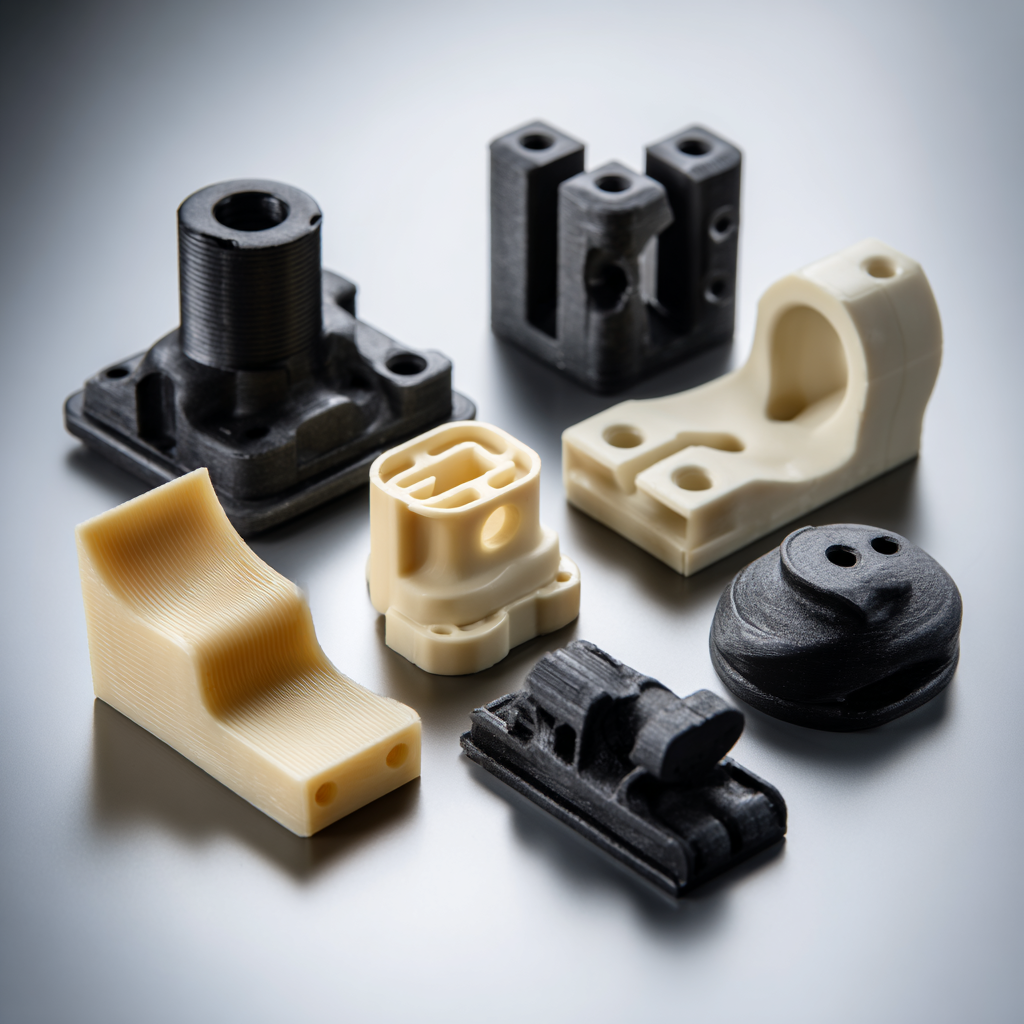
Special Purposes
Designed for unique applications like flexible or composite prints requiring specific functional properties.
TPU - Flexible, rubber-like filament ideal for gaskets, grips, and impact-resistant parts.
PA6 - Strong, wear-resistant engineering plastic with excellent toughness and low friction.
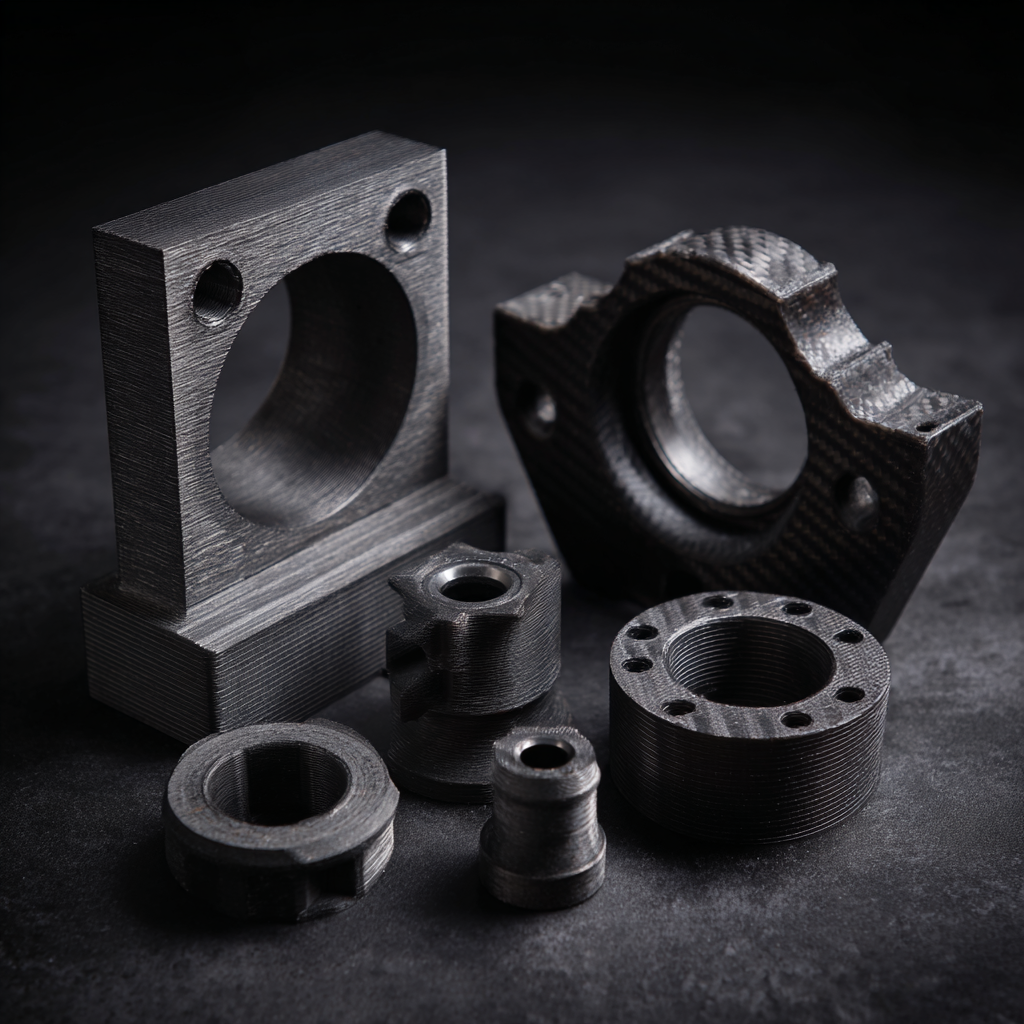
Extreme Condition Resistance
State-of-the-art materials engineered for extreme conditions, offering exceptional resistance to heat, chemicals, and mechanical stress in the most demanding applications.
PEEK - Ultra high-performance thermoplastic with outstanding strength, heat, and chemical resistance for critical industrial and medical parts.
Markforged Onyx with continue Carbon Fibre - A nylon-based composite reinforced with continuous carbon fiber, delivering metal-like strength and stiffness for lightweight, load-bearing applications.
